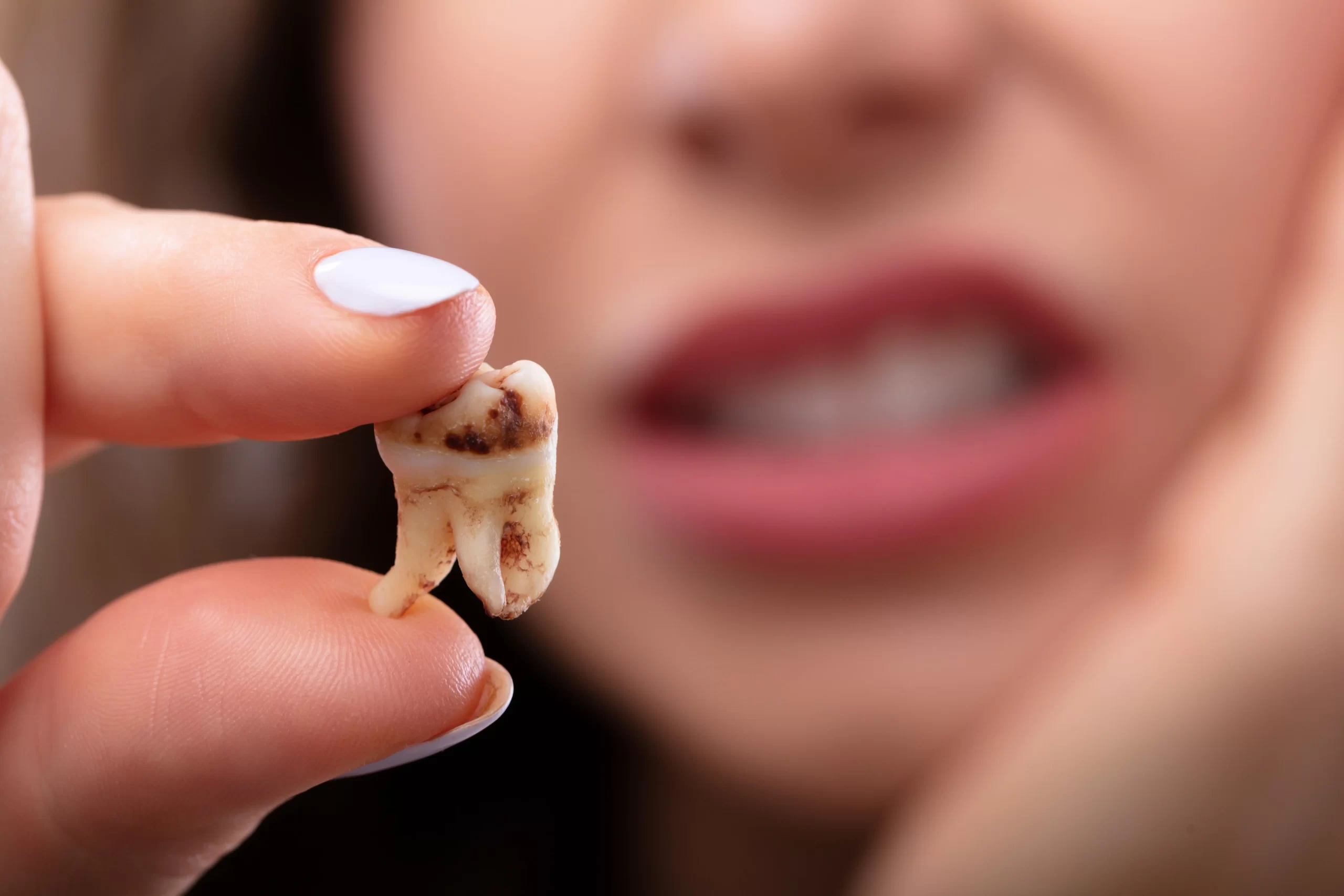How to Repair Decayed Teeth – Diagnosis, Treatment and Aftercare

How tooth decay is diagnosed and assessed
The journey of treating a decayed tooth begins with a proper diagnosis. When a patient visits a dental clinic with concerns about sensitivity, pain, or visible holes, the dentist conducts a thorough examination. This might involve:
- A visual inspection to check for discolouration, pits, or soft spots
- Gentle probing with dental tools to identify weakened enamel or cavities
- X-rays to reveal decay between teeth or under existing fillings
Once the severity and stage of decay are clear, the dentist can map out the best course of treatment. Early detection is always preferable, as it often means less invasive intervention and a better long-term outlook.
How to repair decayed teeth using modern treatment options
To repair decayed teeth, a dentist will typically remove the decayed portion and fill the space with a material like composite resin or ceramic. For more severe decay, options like crowns, root canals, or even extraction might be necessary.
1. Assessment and Diagnosis
- Your dentist will examine your teeth and may take X-rays to assess the extent of the decay
- They will determine the stage of decay and the best course of treatment
2. Treatment Options
Fillings
- Suitable for mild to moderate cavities
- The dentist removes the decay and fills the cavity with composite resin or amalgam
Inlays and Onlays
- Custom-made solutions for moderate decay
- Inlays fit within the tooth’s interior; onlays cover a larger portion of the tooth
Crowns
- Ideal when the tooth structure is extensively damaged
- A crown restores shape, strength, and function
Root Canal Therapy
- Root Canal is necessary when decay reaches the pulp (nerves and blood vessels)
- The infected tissue is removed, and the tooth is sealed
Extraction
- Considered when the tooth cannot be saved
- Common if decay spreads to the surrounding bone or causes recurrent infections
Fluoride Treatments
- Effective during the earliest stage of decay
- Helps remineralise enamel and stop progression
Sealants
- A protective coating is applied to the chewing surfaces
- Prevents future cavities, especially in molars
3. Aftercare
- Follow your dentist’s care instructions closely
- Brush twice daily with fluoride toothpaste
- Floss daily and use a recommended mouthwash
- Attend regular dental check-ups to monitor progress
Can a tooth with decay be saved, or does it need extraction?
Whether or not a decayed tooth can be saved depends largely on how early the issue is addressed. In most cases, if treatment is initiated before the decay reaches the innermost layer (pulp), the tooth can be restored with a filling, inlay, or onlay.
Once the pulp is infected, more complex procedures like root canal therapy are needed to preserve the tooth. If left untreated beyond this point, the infection can lead to an abscess or tooth loss.
Saving a natural tooth is always preferred, not only for aesthetics but also for maintaining jawbone health and proper bite alignment. That’s why prompt dental visits and regular check-ups play such a vital role.
When is extraction the only way to repair decayed teeth?
In certain situations, a decayed tooth may be beyond repair. This usually happens when:
- The decay is so advanced that it has destroyed most of the tooth structure
- The infection has spread to the surrounding bone
- Repeated infections occur despite prior treatments
In such instances, extracting the tooth may be the only viable choice. The gap left by the extracted tooth can later be restored using dental implants, bridges, or dentures, depending on the patient’s needs.
How to repair decayed teeth at an early stage
Preventing further damage to an already decayed tooth—or stopping decay before it starts—is possible with consistent oral care. Here are practical strategies:
- Brush teeth at least twice a day with fluoride toothpaste
- Floss daily to remove plaque from between teeth
- Avoid frequent snacking and reduce sugary drinks and foods
- Rinse with an antibacterial mouthwash if recommended
- See a dentist for regular cleanings and check-ups
For individuals with a high risk of decay, dentists may apply fluoride varnishes or recommend sealants to provide added protection.
Long-term care after you repair decayed teeth
Once a decayed tooth has been treated, it’s essential to adopt a long-term strategy to protect dental health:
- Follow all post-treatment care instructions provided by the dentist
- Use desensitising toothpaste if the treated tooth feels sensitive
- Monitor for any recurring symptoms such as pain or visible changes
- Stick to routine dental visits at least twice a year
In some cases, dietary changes may be necessary. Reducing acidic and sugary foods can significantly help in preventing future decay.
Patients who grind their teeth (bruxism) may also benefit from custom mouthguards, especially after procedures like crowns or fillings.
Why treating decayed teeth promptly makes a difference
Delaying treatment for tooth decay can turn a minor cavity into a major dental issue. Even if there’s no pain initially, the decay continues to progress silently. The longer it is left untreated:
- The deeper the decay can spread
- The more complex and costly the treatment becomes
- The higher the risk of infection or tooth loss
Early intervention doesn’t just save teeth—it saves time, discomfort, and often, money. The most successful dental outcomes come from acting promptly and following through with aftercare.
Conclusion: Take the first step to repair decayed teeth with expert care
Tooth decay is best treated early, before minor issues turn into major ones. Whether you need a simple filling or more advanced care, Dr Bobby Chhoker offers expert treatment in a professional and welcoming setting.
Book your consultation today to protect your teeth and restore your smile with confidence.
References:
https://www.nidcr.nih.gov/health-info/tooth-decay
https://www.healthline.com/health/tooth-pulp
https://www.colgate.com/en-in/oral-health/nutrition-and-oral-health/foods-that-prevent-tooth-decay
